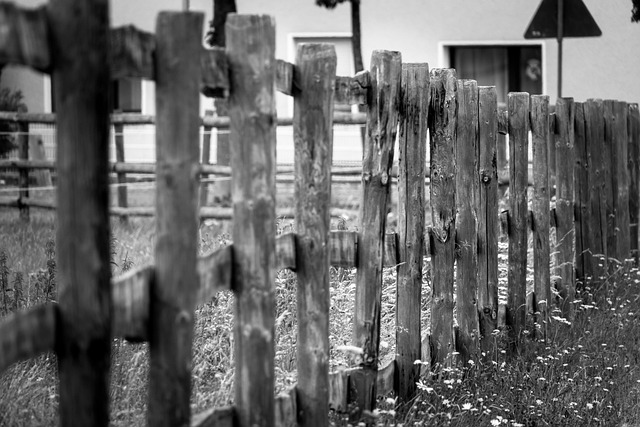New Bedford, Massachusetts, boasts a rich architectural heritage reflected in its diverse ornamental fencing styles. This article takes you on a journey through the city’s historical fences, showcasing the evolution of design from Victorian elegance to modern trends. Discover how each era has left its mark on New Bedford’s landscape, transforming ordinary barriers into captivating architectural gems that define the city’s unique character.
- Exploring New Bedford's Fencings: A Historical Overview
- Architectural Gems: Fencing Styles in The City
- Victorian Elegance: Iron Fences of New Bedford
- Modern Touches: Contemporary Fencing Trends
Exploring New Bedford's Fencings: A Historical Overview
New Bedford, MA, boasts a rich historical landscape where ornamental fencing styles have played a significant role in shaping the city’s character. Over the years, these fences have served not only as physical barriers but also as artistic expressions of the community’s evolution. From the quaint Victorian-era designs that grace older neighborhoods to the modern, minimalist lines reflecting contemporary tastes, each style tells a story.
Historically, New Bedford’s fencings have been influenced by the city’s maritime heritage, with nautical motifs often incorporated into their aesthetics. As the city grew and diversified, so too did its fencing styles, incorporating elements from various cultural backgrounds. Today, these ornamental fences not only enhance properties but also contribute to the city’s distinct visual identity, creating a historical narrative that is both captivating and unique.
Architectural Gems: Fencing Styles in The City
New Bedford, MA, is a city rich in architectural diversity, and this diversity extends to its ornamental fencing styles. From historic Victorian homes with intricate ironwork to modern minimalist designs featuring clean lines and natural materials, the city’s landscape is a tapestry of aesthetic choices. Each fencing style tells a story about the era it represents and the taste of its owners.
Exploring New Bedford’s streets reveals a symphony of fencing designs, from delicate lattices to robust wooden posts. The older neighborhoods showcase elegant iron fences with intricate patterns, often adorned with floral motifs or detailed geometric shapes. In contrast, newer developments feature contemporary styles, incorporating materials like aluminum and wood, offering both functionality and aesthetic appeal. These varied fencing styles contribute to the city’s unique character, making New Bedford a fascinating study in architectural gems.
Victorian Elegance: Iron Fences of New Bedford
New Bedford’s architectural landscape boasts a charming blend of historical styles, with Victorian elegance being a prominent feature in many neighborhoods. Among the most distinctive elements of this era are the ornate iron fences that line the streets and grace the properties. These fences are not merely functional; they serve as intricate works of art, reflecting the craftsmanship and design sensibilities of the time.
Crafted from forged iron, these fences often feature elaborate patterns, including floral motifs, scrolling leaves, and elegant curves. The designs can range from simple yet sophisticated latticework to complex, three-dimensional carvings that mimic architectural details found in Victorian homes. These ornamental fences not only add a touch of grandeur to residences but also create a cohesive aesthetic for entire blocks, contributing to New Bedford’s rich historical character.
Modern Touches: Contemporary Fencing Trends
In recent years, New Bedford has seen a shift towards more modern and unique ornamental fencing styles. Contemporary trends often incorporate sleek, minimalist designs with clean lines and simple geometric shapes. These fences can be crafted from materials like aluminum or stainless steel, offering durability alongside a contemporary aesthetic.
Many homeowners are opting for custom-designed fences that blend seamlessly with their modern architecture. These innovative touches include integrated lighting, living walls, or even interactive elements, transforming the traditional fence into an art piece and enhancing the overall curb appeal of New Bedford’s residential areas.
